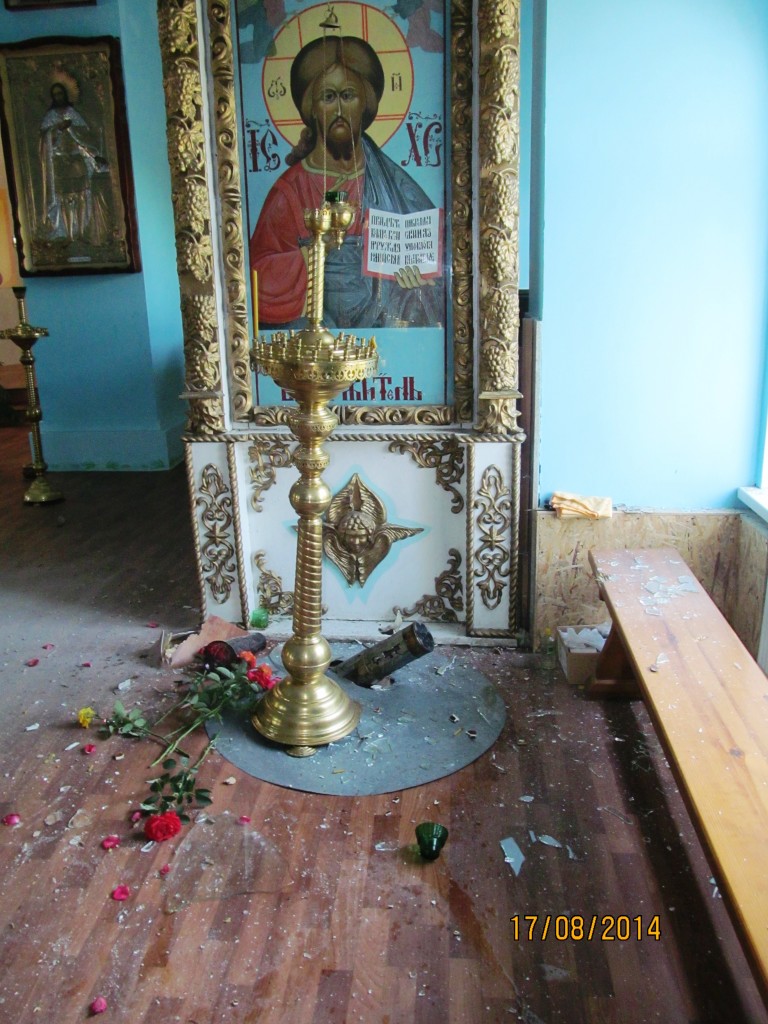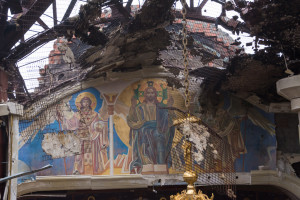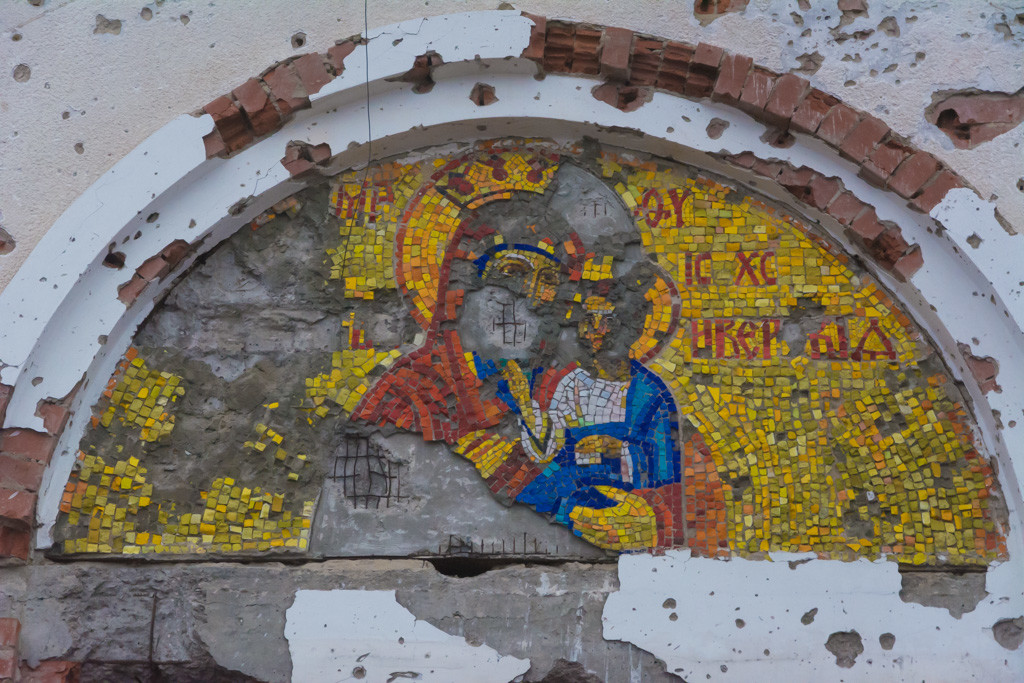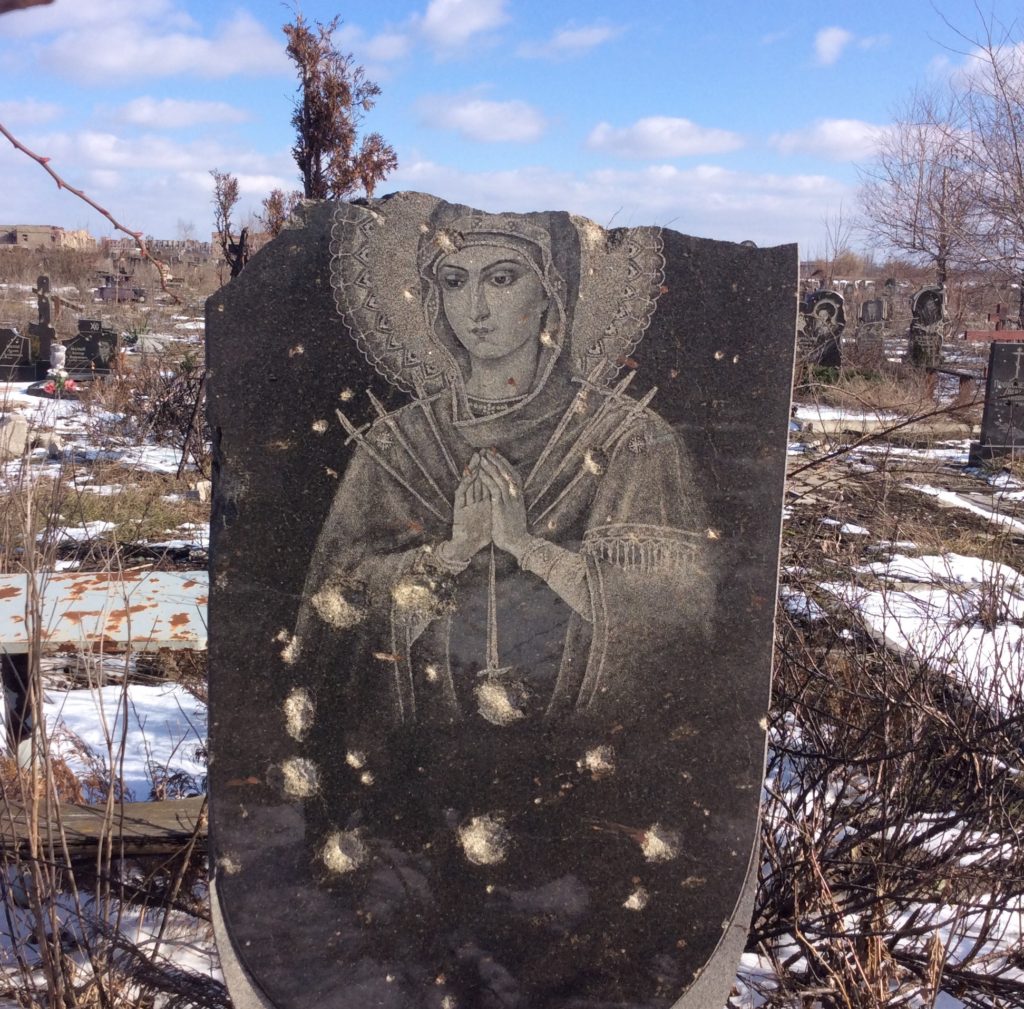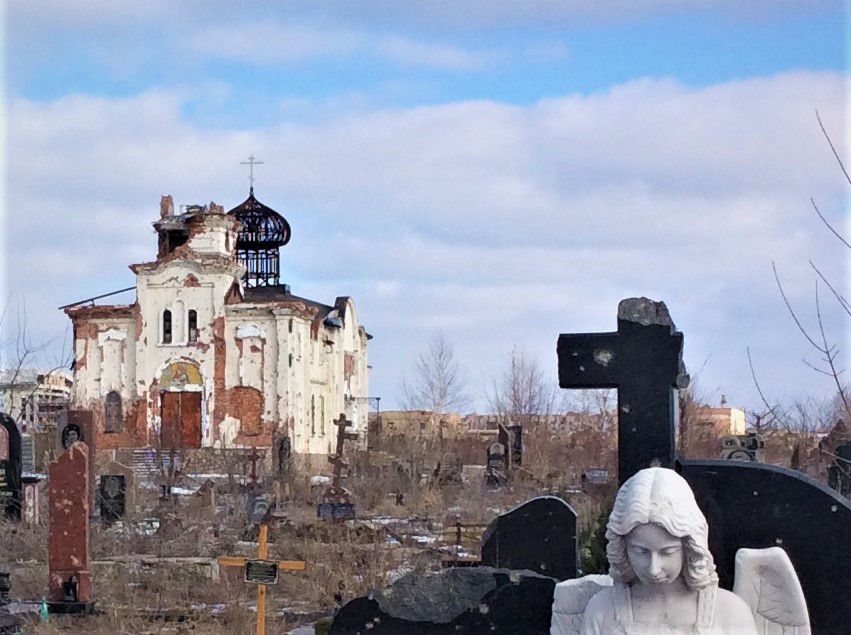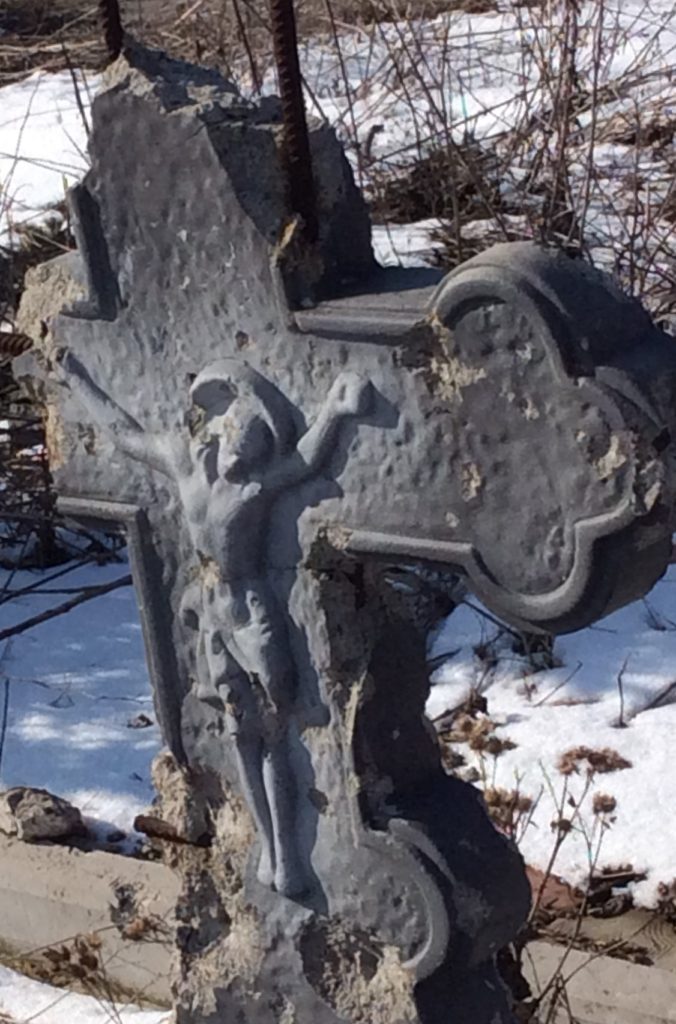
Sergei Kalfov
Fifty-five years ago, on July 2, 1966, Archbishop John (Maximovitch) of San Francisco, now glorified by the Russian Church as the Holy Hierarch John of Shanghai and San Francisco, came to Seattle with his beloved Kursk Root Icon of the Mother of God. On that day, which ended up being the last day of his earthly life, fourteen-year-old Sergei Kalfov served with him in the altar at the Liturgy in St. Nicholas Cathedral.
Sergei, still a parishioner of the same church after all these years, spoke with us about what happened that day.
Vladyka blessed my father and gave his soul to the Lord
Vladyka John came to visit us in Seattle with the Kursk Root Icon of the Mother of God. He and Bishop Nektary (Kontzevitch) of Seattle were planning to take the wonderworking icon to Vancouver the next day. Two people had come from Canada to accompany them.
I served with Vladyka John at his last Liturgy—it was a traditional hierarchical service, only without a deacon. Of course, no one was expecting things to go the way they did. Everything was normal, except after the service, Vladyka remained in the altar for an unusually long time—probably two and a half or three hours. That was the main thing that distinguished that day from any other day.
I should say that Vladyka didn’t like to be late. He wanted to go to the cemetery near the cathedral after the service, but it was already 3:30 and he hadn’t come out of the altar. Everyone was waiting for him at the parish house: Vladyka Nektary, my father—our reader and choir director George Kalfov, and the two guests from Canada—George Patrikeyev and Patrick Bradin.
The Archbishop finally left the altar and went to the second floor of the house where he had a cell. Everyone continued to wait. Around 4:30, we heard something fall upstairs.
Of course, everyone quickly went upstairs. My father saw Vladyka lying on the floor. Vladyka told him he’d never felt this way before. He didn’t say he felt bad—he said it just like that. My father picked him up and sat him in his chair. Vladyka blessed my father and gave his soul to the Lord. Everything was very calm and peaceful.
Even years later, it was very difficult for my father to understand what happened. To the end of his life, he couldn’t understand why it happened that way, that he was the one who was with Vladyka in the final moments of his life. Was it God’s grace, a punishment, or something else? I don’t know either. But it always bothered my father. He really loved Vladyka.
One of the firefighters said: “What a peaceful way to go”
When Vladyka reposed, we had a lot of things to deal with right away. Imagine: It’s 1966, fax machines haven’t been invented yet, the phones were antediluvian, and it was the holiday weekend before July 4th. There was no 911 yet, so we had to call the ambulance operator. The fire station was a block and a half from the cathedral, so they immediately called them. When the firefighters arrived, Vladyka was already gone, and one of them said: “What a peaceful way to go.”
We all immediately started trying to figure out what to do. We had to tell the Synod of the Russian Church Abroad in New York and the diocese in San Francisco, and we had to contact the funeral home. We only had one phone, so our priest’s wife went home and started calling from there… read more here: https://orthochristian.com/140325.html
